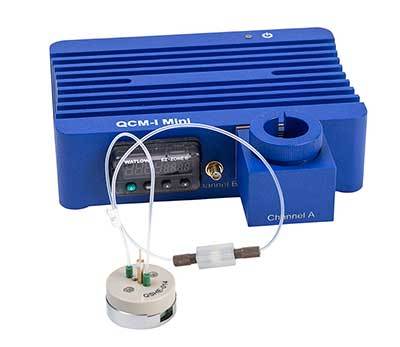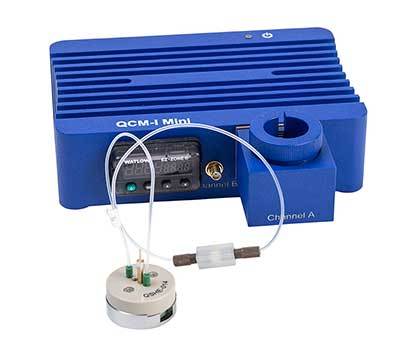锤子
Quick Check of EIS System Performance
- 类别:其他资料
- 上传人:Gamry
- 上传时间:2015/5/22 17:04:28
- 文件大小:223K
- 下载次数:6
-
消耗积分 : 免积分
简介:
The maximum frequency is an important specification for an instrument used to perform Electrochemical Impedance Spectroscopy (EIS). The majority of EIS manufacturers specify a maximum frequency of 1 MHz. Some manufacturer's specifications, however, misrepresent true system performance. Many EIS instruments specified to measure impedance at 1 MHz can apply a 1 MHz signal and measure a response -- but have huge errors when they do so. This document is a protocol to quickly assess the performance of any EIS instrument. You can use it as an easy and effective comparison between systems. You should test before you buy! The test routine involves measuring five EIS spectra. Three spectra are recorded using resistors with ideal EIS response. Two other spectra probe the limits of an EIS system. One spectrum is recorded in potentiostatic mode on a cell that approximates infinite impedance. The second spectrum is recorded in galvanostatic mode on a cell with close to zero impedance. Gamry Instruments will be happy to provide three ± 1% accurate resistors and a piece of braided copper for the near-zero impedance test. Simply call or email us and ask for the "EIS Test Resistors". All high quality EIS systems should allow 4-terminal connections to the cell. In this common scheme, four leads are connected to the sample being tested. Two leads apply current and two leads measure voltage. Impedance is calculated by dividing the measured voltage by the current. EIS spectra cannot be measured accurately without a 4-terminal connection.
打开失败或需在电脑查看,请在电脑上的资料中心栏目,点击"我的下载"。建议使用手机自带浏览器。
相关产品更多>>
下载该资料的还下载了
推荐学习更多>>
- 注意:
- 1、下载文件需消耗流量,最好在wifi的环境中下载,如果使用3G、4G下载,请注意文件大小。
- 2、下载的文件一般是pdf、word文件,下载后如不能直接浏览,可到应用商店中下载相应的阅读器APP。
- 3、下载的文件如需解压缩,如果手机没有安装解压缩软件,可到应用商店中下载相应的解压缩APP。



































